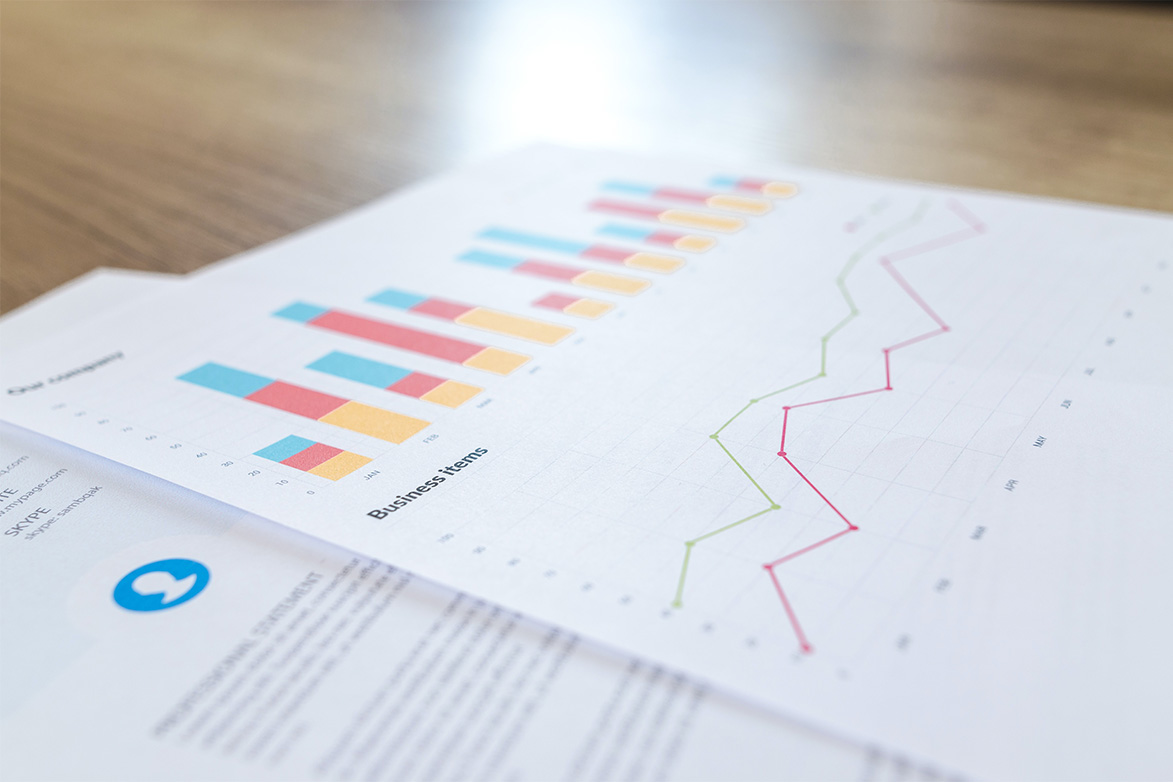
How to Improve Your Businesses Cash Flow
Your business needs money to survive and grow, and one of the biggest challenges you will face during the first few years of operation is maintaining a positive cash flow. Effective cashflow is one of the most important aspects when it comes to the financial wealth, growth, and sustainability of your business. Without it, you will struggle to have the necessary funds to pay employees or purchase supplies that keep your business running smoothly.
Table of contents
Cash Flow vs Profits
While the two terms are related, there are a few significant differences between the two. Cash flow refers to the amount of cash that goes in and out of a business at a specific time. Cash flow can be positive or negative. Positive cash flow means a company has more money moving into it than out, and negative cash flow means a company has more money moving out of it than in. Cash flow is commonly reported in a cash flow statement, which is a financial document to provide a detailed analysis of a business's cash during a specific period. The purpose of this document is to measure the performance of a company or business.
There are three different types of cash flow that you will see on a cash flow statement:
-
Operating cash flow. This represents day-to-day operating activities such as the income from sales, lease payments, or taxes. When a business has sales that exceed its operating expenses, they have a positive cash flow.
-
Investing cash flow. This is from investing activities that involve long-term uses of cash. This could be the purchase or sale of a property or equipment.
-
Financing cash flow. This category helps fund the business or company. Activities include transactions involving debt, equity, and dividends.
Profit is the money you have remaining after paying business expenses.
There are three major types of profit your business will see:
-
Gross profit. The income you receive from the sales of your profits, minus the cost of goods sold from the total income of sales. This considers variable costs, such as those required to produce a product and raw materials. This does not include fixed costs like tools or machinery.
-
Operating profit. The income after all costs have been considered. This includes variable and fixed (property tax, rent, or utilities) costs.
-
Net profit. This reflects the total income after accounting for all positive and negative cash flows.
Cash Flow Statement
This document highlights a business's finances so you can track where the money is coming from and where it’s going. It records cash inflows (money going in) and cash outflows (money going out). You have the option of having a cash flow statement prepared monthly, quarterly, semi-annually, or annually. This statement gives you the opportunity to analyze the changes in cash flow your business sees so you can determine profitability and success.
Improving Your Cash Flow
1. Speed Up Payments
If your business receives payments for products or services by invoicing, it is best if you get paid quickly so you can see profits. A regular payment schedule follows a due date of 30 days, but to incentivise your customers to pay you sooner, you can offer small discounts on their invoices if they pay before the deadline.
2. Cut Unnecessary Spending
This one may seem simple, but you would be surprised at how much small items you pay for may add up. Each individual purchase of extra office space, extra office supplies, or unsold inventory may be a small amount up front, but over time it will add up. Dedicating time to prioritizing business expense management will help you cut out unnecessary spending.
3. Put Your Cash to Work
Instead of having your profits sit in a business chequing account, utilize a high interest savings account or invest your funds so they continue to grow.
4. Utilize Technology
If there is any part of your business that you can use technology for, use it to your advantage. Technology can help speed up different practices to help you use your time elsewhere. While this may require a small investment upfront, it will pay off in the long run.
5. Lease Instead of Buying
Buying a space or materials for your business is a large upfront cost. If go in this direction, you will have a fixed monthly fee on the items you lease that will allow you to make smaller payments and continue to build up your funds. That way, you can budget for these items and purchase them later when you have secure funds.
It can be confusing and overwhelming to think of all the aspects of your business and how to incorporate these changes that will improve your business's cash flow. Book an appointment with one of our Business Financial Advisors to help build a financial plan that will help you reach your goals.
Ready to get started? Meet with an advisor!
Related Articles

Business Line of Credit

How to Grow Your Business

Understanding Your Cash Flow

Business Line of Credit

How to Grow Your Business


 Search
Search







 Help
Help

